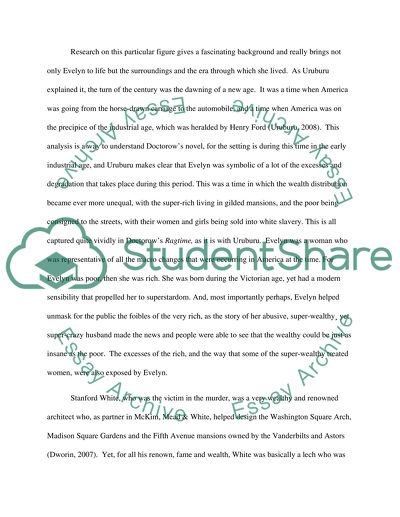Cite this document
(“E.L Doctorow's novel RAGTIME ::Booker T. Washington: Race Relations in Research Paper”, n.d.)
Retrieved from https://studentshare.org/family-consumer-science/1419425-el-doctorow-s-novel-ragtime-booker-t-washington
Retrieved from https://studentshare.org/family-consumer-science/1419425-el-doctorow-s-novel-ragtime-booker-t-washington
(E.L Doctorow'S Novel RAGTIME ::Booker T. Washington: Race Relations in Research Paper)
https://studentshare.org/family-consumer-science/1419425-el-doctorow-s-novel-ragtime-booker-t-washington.
https://studentshare.org/family-consumer-science/1419425-el-doctorow-s-novel-ragtime-booker-t-washington.
“E.L Doctorow'S Novel RAGTIME ::Booker T. Washington: Race Relations in Research Paper”, n.d. https://studentshare.org/family-consumer-science/1419425-el-doctorow-s-novel-ragtime-booker-t-washington.


